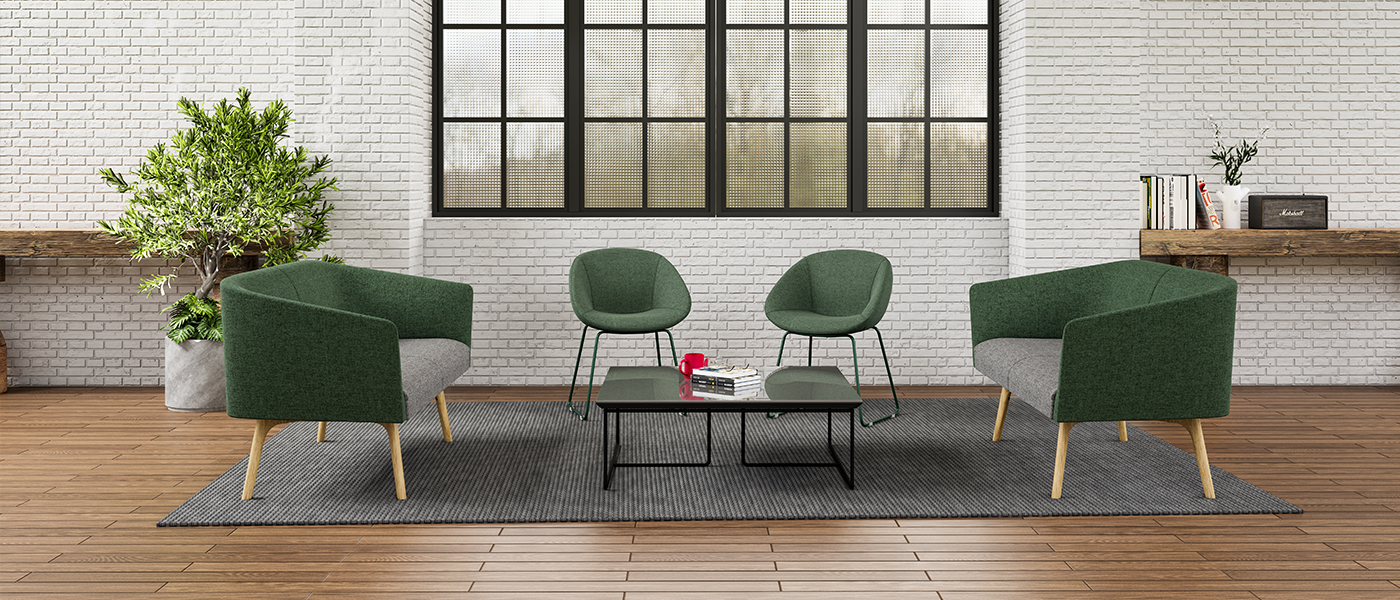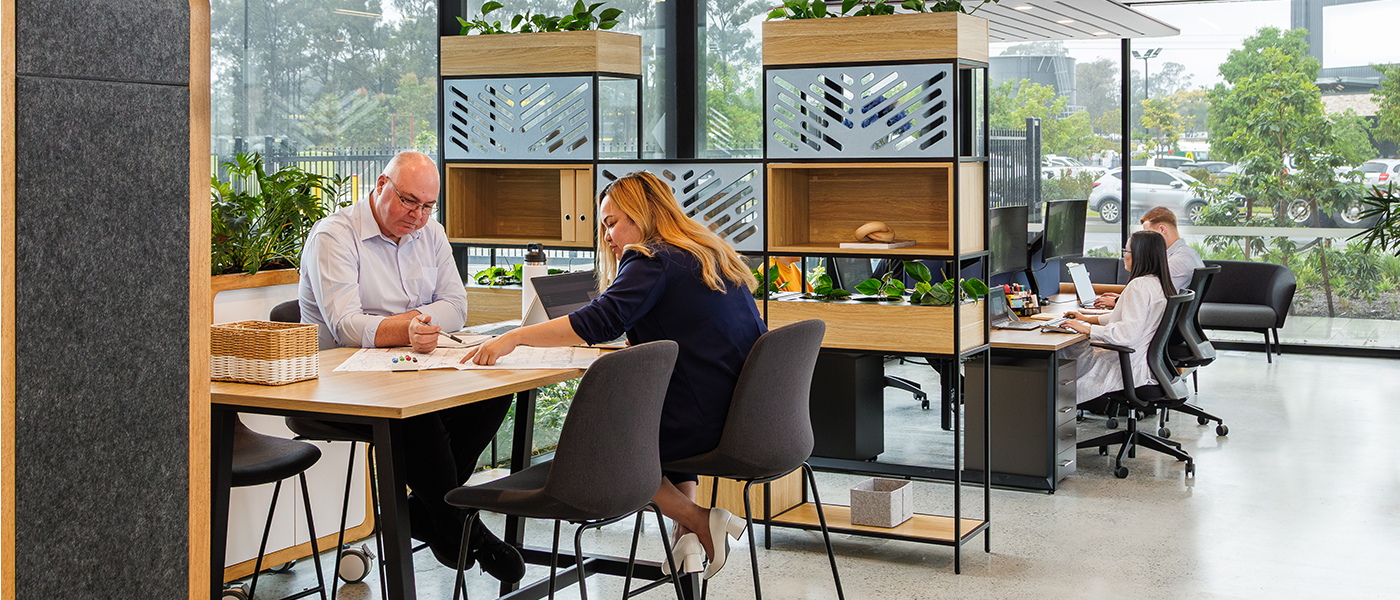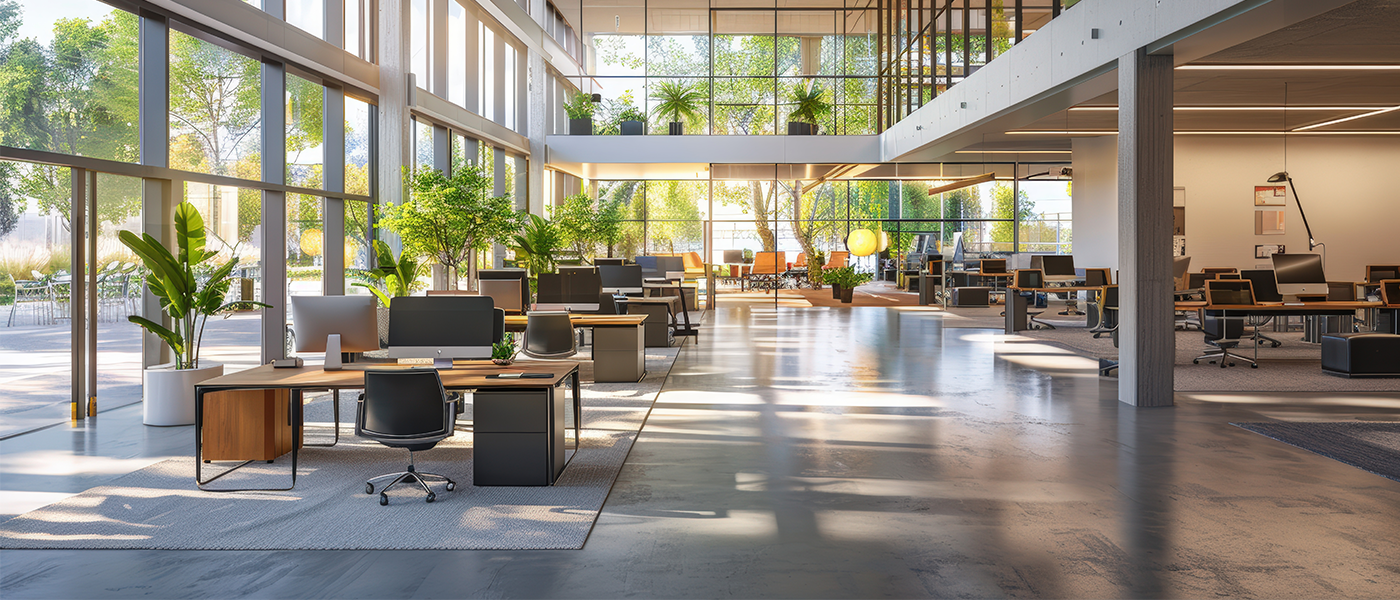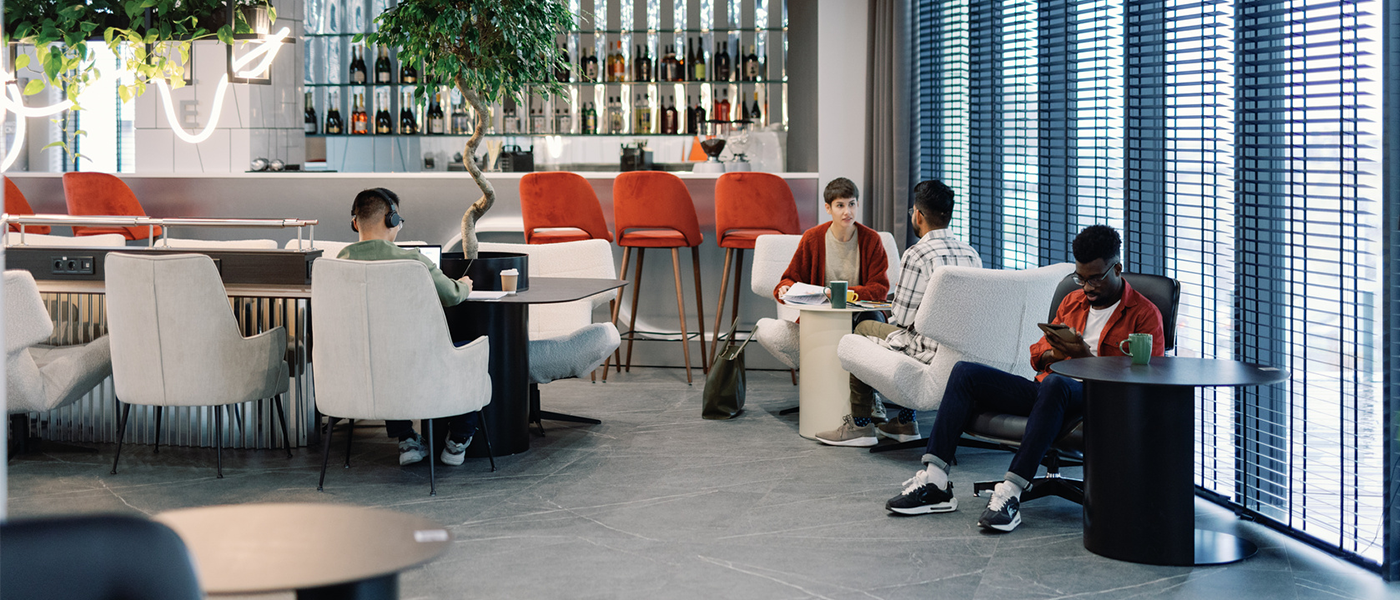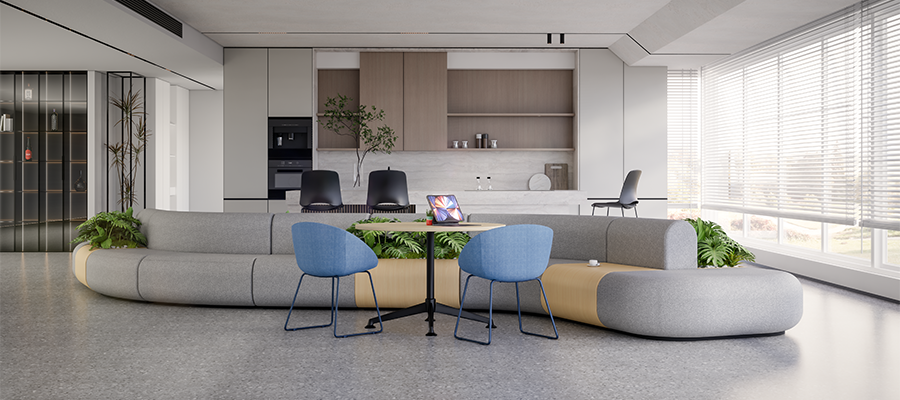Modular furniture in the Australian workspace:
design thinking, considerations and influences
written by OLG
Modular furniture is defined as reconfigurable systems rather than fixed pieces and is reshaping how Australian workspaces are planned and experienced. It’s a response to practical pressures (flexible working patterns, agile office layouts), environmental imperatives (circular economy, reduced waste), and advances in off-site manufacturing.
As a market trend in today’s workplaces, where collaboration, focus and social connection must coexist, modular furniture delivers adaptability without sacrificing aesthetics or durability.
Design thinking: systems that flex with people
In workspace design, modular thinking starts with function: how do teams work now, and how might they work in five years? Workers want autonomy in shaping their environment. Simple locking systems, tool-free reconfiguration and modular add-ons (privacy screens, power integration), empower staff to adjust spaces themselves, boosting satisfaction and productivity in hybrid offices.
As designers map activities that influence and shape usage, such as hot-desking, private calls, team huddles, and open spaces that can easily accommodate large and small groups, the outcome delivers a set of modules and systems (sofas, tables, acoustic panels, task units) that can be easily recombined. This systems approach emphasises interchangeability, intuitive connections and human factors, allowing the same furniture collection to evolve with shifting workplace strategies.
Unlike static fixed furniture, modular office pieces are moved, rotated and reconfigured. This demands strong joinery, hard-wearing finishes and replaceable parts to extend the lifespan and minimise waste.
Flexibility for the future of work
The shift to hybrid work means workplaces must adapt quickly. Flexible, modular furniture allows offices to evolve without major strip-outs or demolition. Reconfigurable desks, task chairs, and soft seating reduce the need for new purchases and limit waste, while still supporting dynamic business needs.
Forces shaping workplace adoption
- Policy and certification: The Green Building Council of Australia now emphasises circularity in its Green Star ratings, making modular and repairable furniture more attractive to developers and tenants.
- Cultural change in work: Hybrid models mean companies need office furniture that flexes between collaboration and focus, without committing to permanent layouts.
- Sustainability as strategy: Corporate ESG commitments are driving procurement choices; companies are seeking suppliers who can demonstrate circular credentials and provide end-of-life pathways.
For workplaces, modular furniture offers flexibility, speed of installation and the ability to adapt spaces without starting from scratch. Yet scaling these benefits means tackling a raft of questions: what’s the manoeuvrability of the units within the space? The safety stability and quality of components. Can manufacturers guarantee repair parts for 10+ years? How do we balance modular convenience with long-term durability? Recent Australian research into circular modular construction shows promise but highlights the need for clearer standards and better supply-chain collaboration.
What this means for workspace design practice
- Manufacturers produce components and modules that are robust and built with flexibility longevity and refurbishment in mind.
- Designers should think in systems, not products, with modules that integrate across lounge, task and collaborative zones.
- Specifiers should prioritise repairable, replaceable components and insist on transparent sustainability credentials.
- Clients should consider whole-of-life costs, including refurbishment or reuse pathways, and look for suppliers who offer leasing or take-back.
When these align, modular furniture moves beyond trend to become a tool for resilient, sustainable and people-centred workplaces, spaces that can adapt as readily as the people who work in them.
Click to download a printable PDF.
